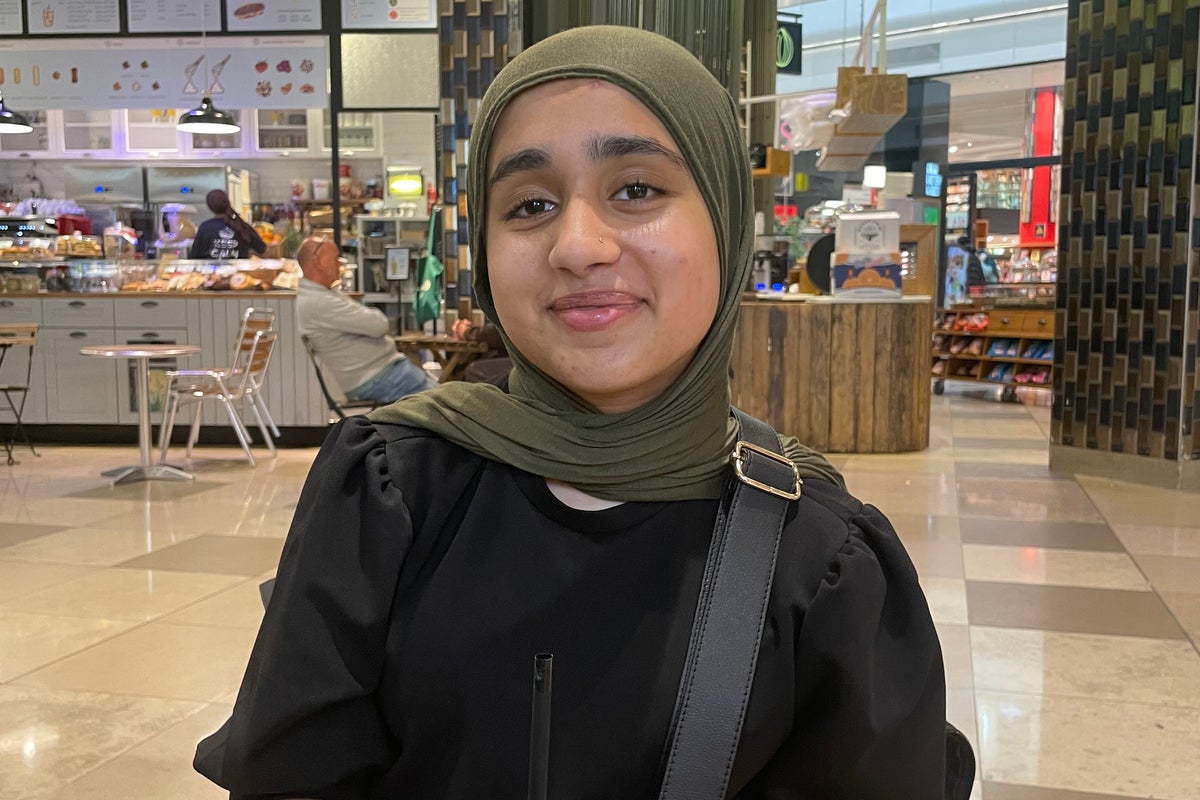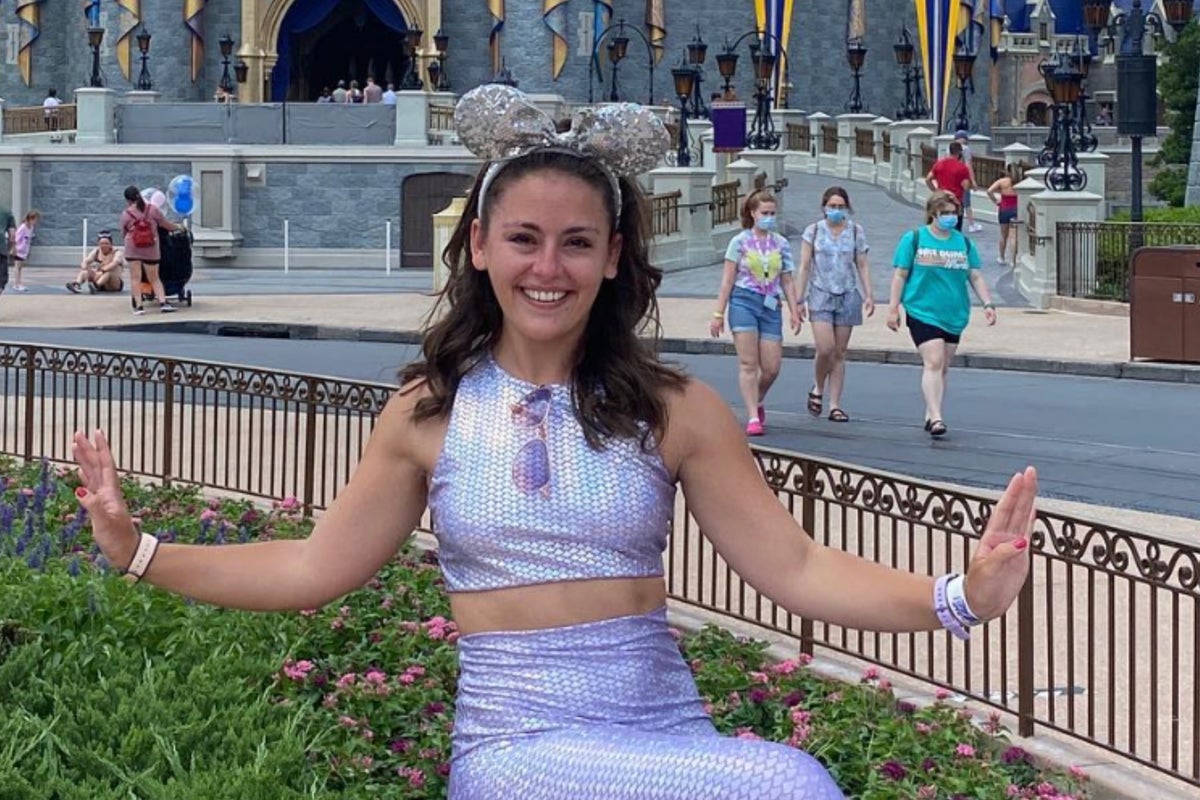At just 12 years old, a terrified Zaynah Ahmed lost so much blood during her period that she was left in a life-threatening condition and needed an urgent blood transfusion.
Doctors and nurses rushed around her, using words like the pill, and haemoglobin levels – all things that, as a child, she could not understand.
One medic even joked, “imagine you’d been short in your leg and you just like bled out” in a bid to explain how serious her blood loss had been.
“The doctor… basically said that if you hadn’t come within that week, it would have had a life-threatening impact on my life,” Ms Ahmed, now aged 19, told The Independent.
Years later, in 2023, she was finally diagnosed with endometriosis, which affects millions of women in the UK.
The condition occurs when cells similar to those that make up the lining of the uterus appear in other parts of the body. Symptoms can include pelvic pain, painful periods, heavy period bleeding, pain when going to the toilet or having sex, and fatigue.
Figures from the charity Endometriosis UK show that it takes an average of eight years to get a diagnosis.
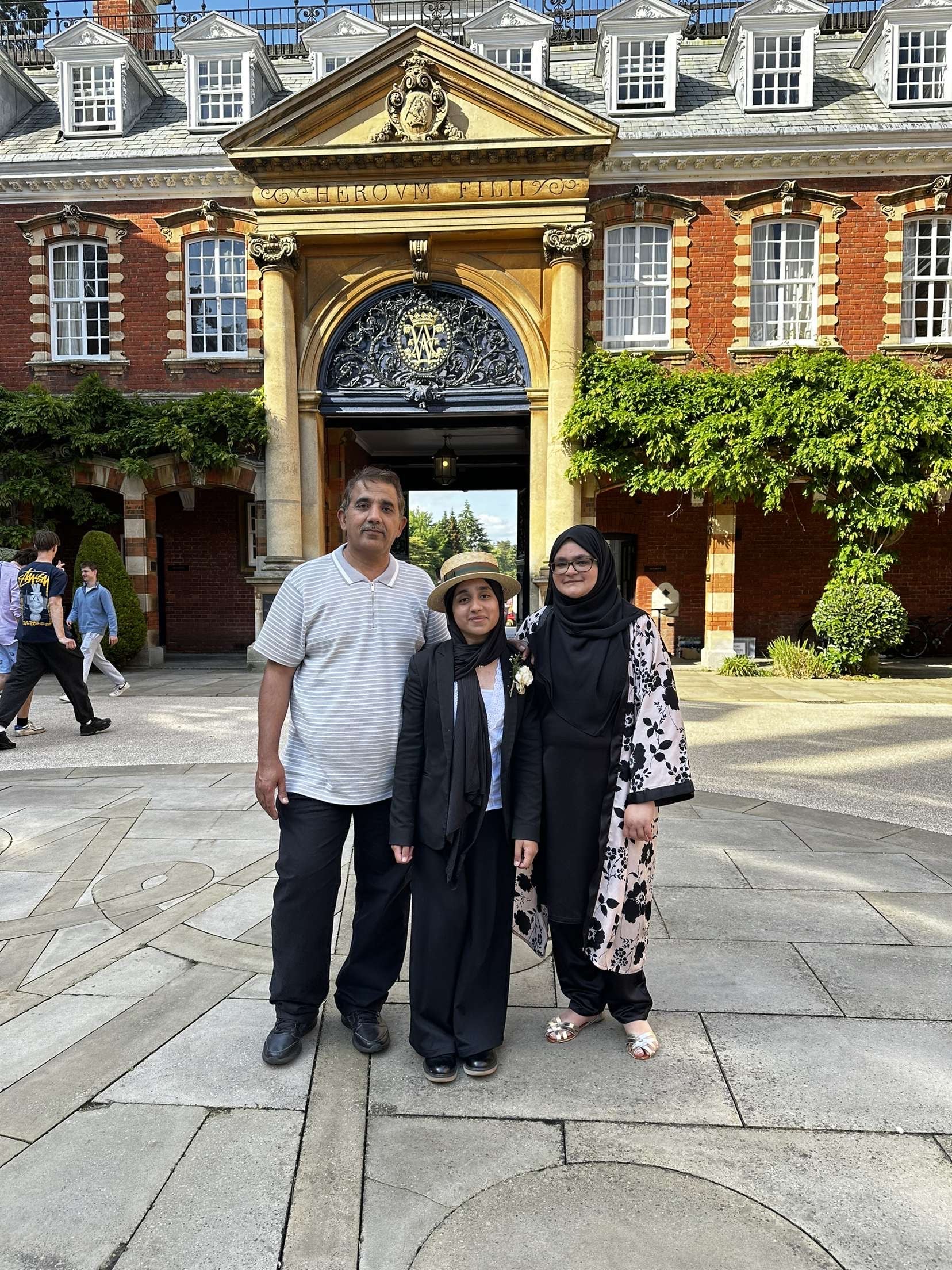
Just nine months before her first A&E admission, and then aged 11, Ms Ahmed knew something wasn’t quite right when she experienced severe bleeding, heart palpitations and lost chunks of her hair during her first period.
She said: “At the beginning, I was convinced that it was just me who didn’t know how to put a pad on. I would go through like about 18 pads in 3 days. I’d have to keep putting more on the shopping list. My parents were like, ‘this isn’t normal.’
“I couldn’t sleep the whole night. I’d have to wake up at a certain time to change it; otherwise, it would have leaked.”
After her frightening admission at age 12, Ms Ahmed’s severe symptoms resurfaced again when she was in Year 11 at school.
She suffered periods so painful and frequent that they would leave her crying in her teacher’s office, and she was forced to miss school weekly.
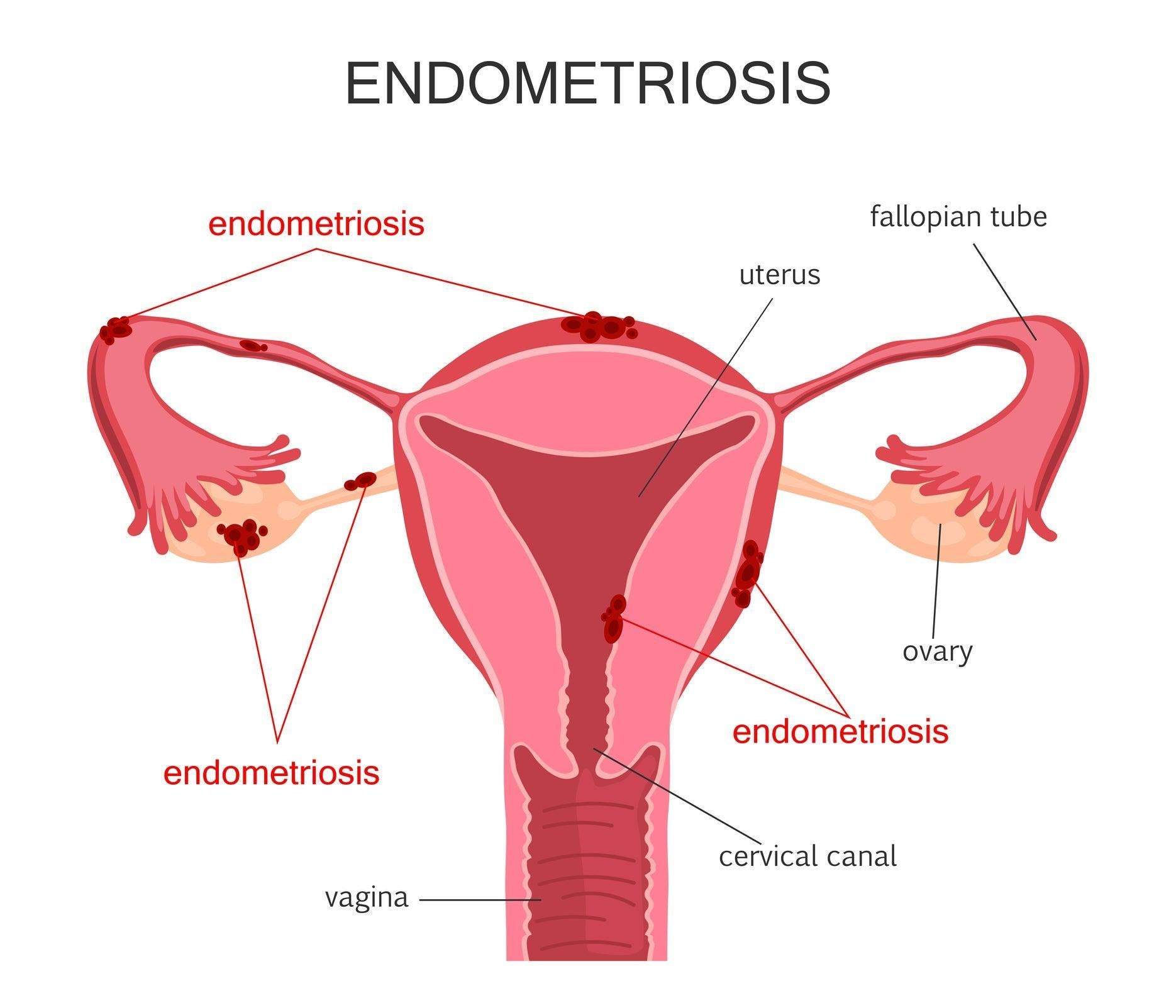
“I had really bad pain. But it wasn’t just when I was on my period; it was all the time now.
“I thought period cramps were normal, but when I was on my period. So if I was getting them all the time, then that wasn’t normal. It was hard to understand.”
But things took a further turn when she was admitted to A&E again – on the day she had a GCSE exam.
“That’s when it got really bad, that summer, and then when I started Year 12. That is when the term endometriosis started being thrown around because it was something my mom had heard of. After all, she met someone with it quite a few years ago,” the teenager recalled.
While she had been referred to gynaecology services previously, she received no appointment, but she was finally referred again after her second A&E visit.
However, the long waiting list, worsened by delays caused by the Covid pandemic, meant it took four years for her to be seen by a specialist.
“I think that a lot of young girls shouldn’t have to go through that on their own because, regardless of whether they have supportive parents or teachers, or friends around them, if you don’t know what they are dealing with, there’s not much that you can do.”
Despite the years of pain and bleeding, Ms Ahmed still did not know what was causing her symptoms.
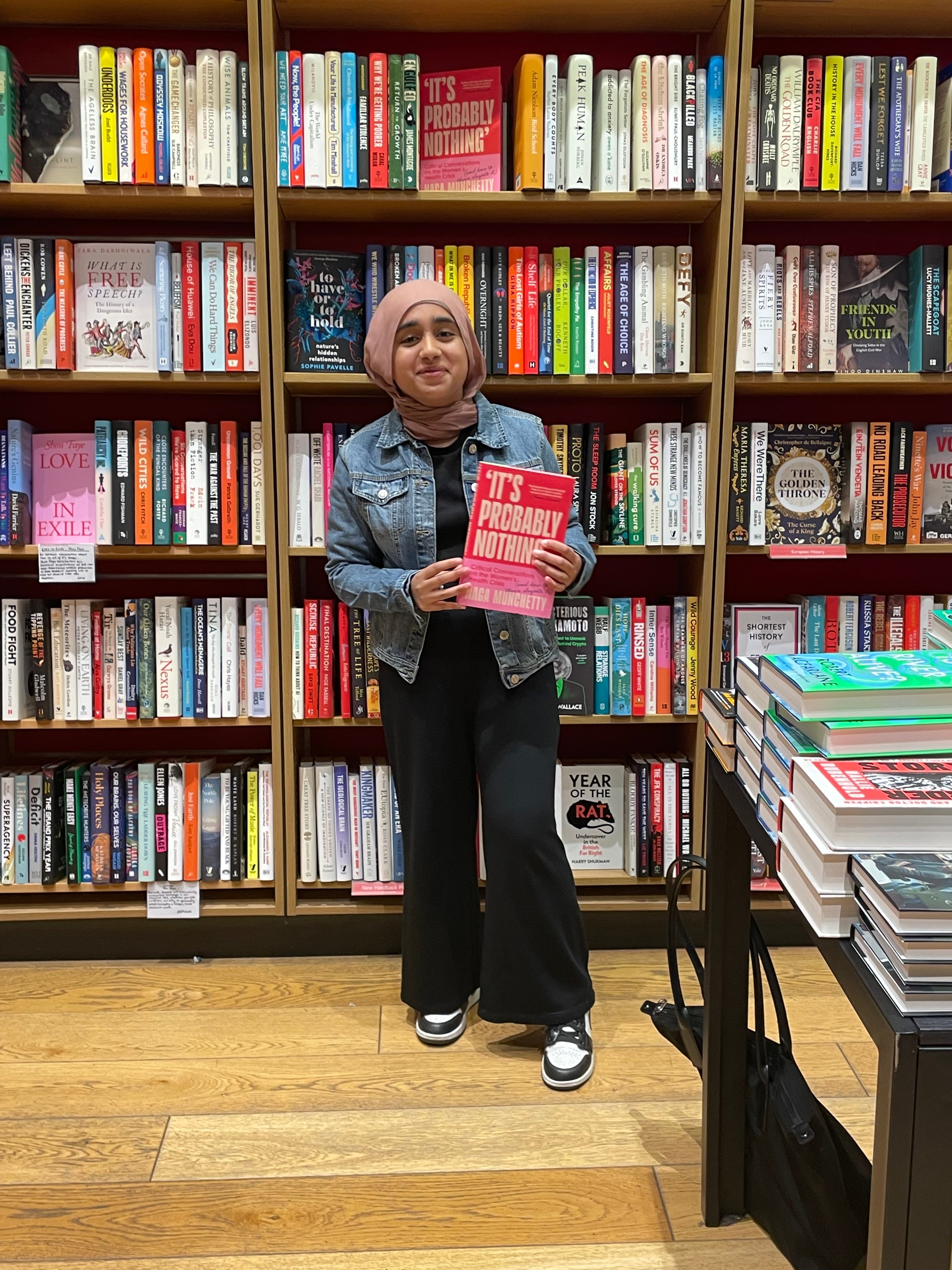
Finally, in 2023, she got the answer she needed after laparoscopy surgery, where doctors look inside the abdomen and pelvis, revealed she had endometriosis, as well as a condition called adenomyosis, which causes cells to grow into the muscle wall of the womb.
Although doctors had sold the surgery as a “golden ticket”, Ms Ahmed said it did not make her symptoms go away, but she was relieved she finally had a name for the pain she had been experiencing.
Now studying to be a journalist at City University, London, Ms Ahmed has been fitted with a coil, also known as a hormonal intrauterine device (IUD), which helps thin the lining of the uterus, and follows a special diet and exercise regimen to help manage her symptoms.
She said: “The pain isn’t 24/7 anymore. It’s allowed me to be able to do a lot more and just be awake longer, enjoy things a lot more.”
To help others in a similar situation, Ms Ahmed is now taking part in a research project that aims to improve care for young people living with period pain.
She is calling for more young people, aged 18 to 24, to join by signing up to Be Part of Research, as part of a national recruitment campaign from the National Institute for Health and Care Research (NIHR).
“It was really important to me to speak up and give back,” she said. “I thought about what I would have wanted to see when I Googled it. We all do it. Think about if there was someone else suffering the way you are – if your story came up, that could be really helpful to them.”

